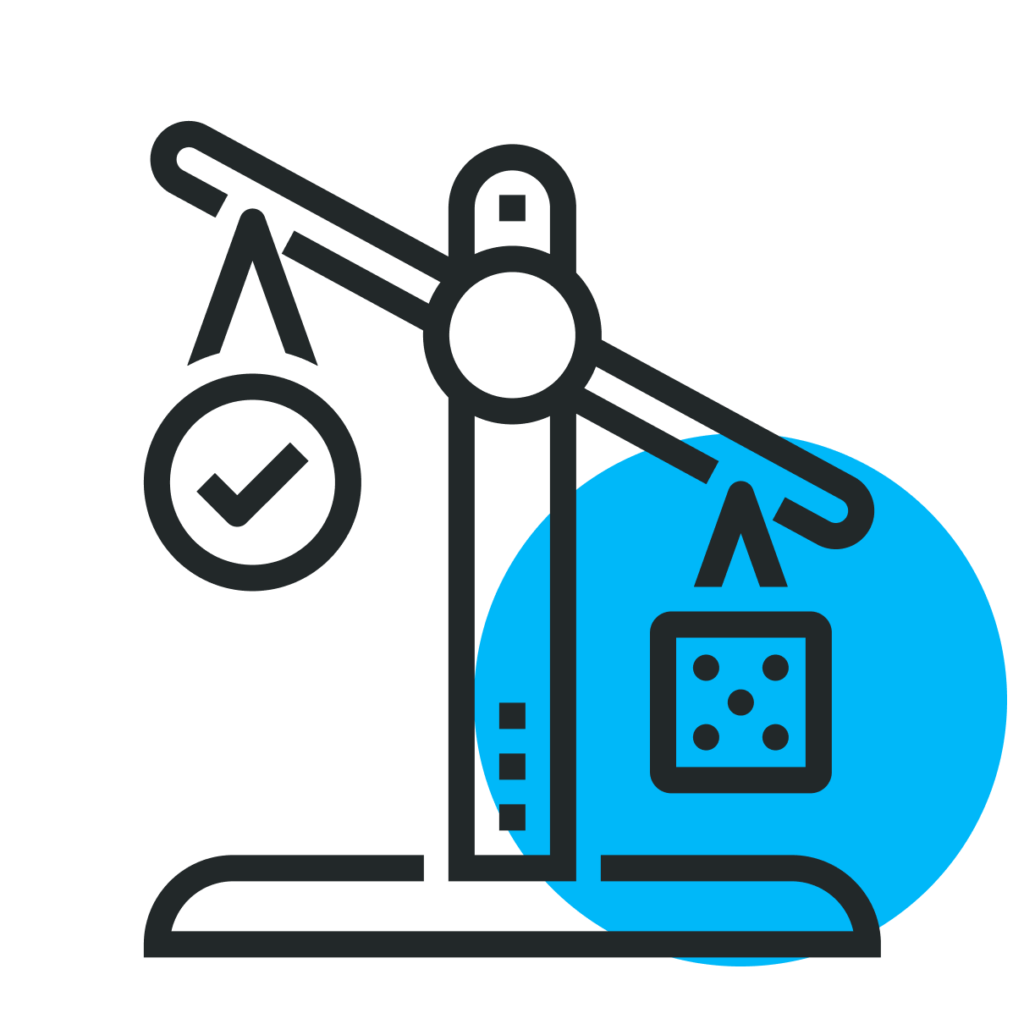This effect was identified within the larger idea of prospect theory by Daniel Kahneman and Amos Tversky. Their groundbreaking work in behavioral economics, especially in the late 1970s and 1980s, challenged traditional notions of rational decision-making. The Pseudocertainty Effect specifically addresses how perceived certainty in one stage of a decision-making process can lead to a distorted assessment of risk in later stages.
In the early stages of a project, if things go smoothly, there’s a risk that the team might develop a false sense of security about the project’s overall complexity. This can lead to underestimating the time, resources, or effort that might be required for subsequent phases. For example, a team might breeze through the discovery and design phase and assume that the implementation will be just as straightforward, not accounting for potential technical challenges or integration issues.
This principle can also play a role in team morale and turnover. Overconfidence in the early stages of a project can set unrealistic expectations, which might lead to increased pressure and potential burnout as the team struggles to meet these expectations later. When the reality of the complexity sets in, it can lead to a drop in team morale or people leaving, especially if the team feels unprepared or unsupported.
🎯 Here are some key takeaways:
Avoid overconfidence based on early wins
Early successes should be celebrated sure, but they shouldn't lead to overcommitment or underestimation of future challenges.
Implement flexible planning
Adopting flexible planning methods can help teams adjust to unforeseen challenges and mitigate the impact of the Pseudocertainty Effect. Avoiding waterfall planning will help to adjust as the team progresses.
Learn from past experiences
Regular retrospectives every sprint can help the team reflect on how progress is going in near real-time and pivot as needed, early.
Empower the people on the ground
The team that’s doing the work will see firsthand what is and is not working. Empowering this team to make changes when they see issues will allow the larger team to pivot sooner if needed.
Embrace a culture of psychological safety
Ensure the entire team can speak up without fear of retribution from leaders who may not like what they are hearing.
📚 Keep exploring
To dive deeper into the topic of the Pseudocertainty Effect and its implications for decision-making, check out these resources:



